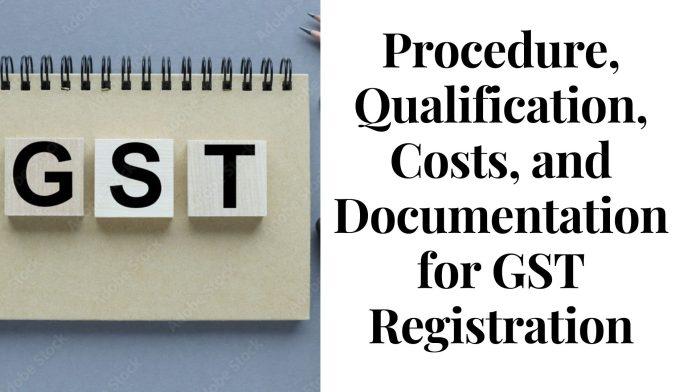Businesses including export and import, e-commerce, casual dealers, and marketplace aggregators must register for GST. It is illegal to conduct business without a GST registration.
A Quick Guide to GST Registration
By launching GST Registration in India, the Government of India sought to control pricing across the entire nation and eliminate all central or state government-imposed indirect taxes on products and services. According to the new GST regulations, companies must register for their GST as regular taxable persons if their annual revenue exceeds Rs. 40 lakhs ($20 lakh in the North East and hill states for sales of products). Moreover, the threshold restrictions for service providers have not changed. If a person’s total annual revenue reaches Rs. 20 lakhs (for the normal category) and Rs. 10 lakhs, they are required to register.
In addition to the other turnover bracket, there are other situations where GST makes it necessary for people or organisations supplying goods or services across the State to register for a new GST account online. Either as a regular taxpayer or through a GST composition scheme, one can submit an online application for GST registration.
Looking at the name, it is clear that the GST will apply to both commodities and services under a dual system of GST, maintaining the independence of both the Central and the State Governments. The Union Finance Minister serves as the GST Council’s chair, and other State Finance Ministers will also be present.
Various GST Types in India
These are the several GST categories in India:
- CGST: The Central Government of India levies a tax known as the Central Goods and Services Tax (CGST) on intrastate supplies of commodities, products, and services. A supply of products and services that takes place entirely within one state is referred to as an intra-state supply. In this case, a seller is required to collect both the SGST and the CGST, with the State Government collecting the SGST and the Central Government keeping the CGST.
- SGST: State Goods and Services Tax, also known as SGST, is a tax levied by the state government on the supply of goods and services.
- IGST: Under the IGST Act, which governs IGST or the Integrated Goods and Services Tax, the seller is required to collect IGST from the customer. The revenue received is then split between the State and Central Governments.
- GST in Union Territory: When any goods or services are consumed in India’s Union Territories, this tax is imposed, and the government of the Union Territory is responsible for collecting the money.
Advantages of registering for GST
The benefits of GST registration in India include the following:
- After the GST, tax avoidance is significantly reduced;
- Small firms with a revenue between Rs. 20 lakh and Rs. 75 lakh can gain from the GST Regime since it offers the possibility to reduce taxes by adopting the Composition Scheme. This was designed to make paying taxes and complying with regulations easier for many small firms.
- Under GST, there is less compliance;
- A business in India that had a revenue of more than Rs. 5 lakhs was formerly required to pay VAT. Moreover, service providers with a turnover of less than Rs. 10 lakhs were excused from paying service tax. Several service providers and small business owners are excluded under the GST Regime since the exclusion level has been raised to Rs. 20 lakhs.
- Cost reductions for goods and services;
- The GST has consolidated the Indian market and brought together several indirect taxes under one roof.
Suggested Read: Advantages of GST Registration
